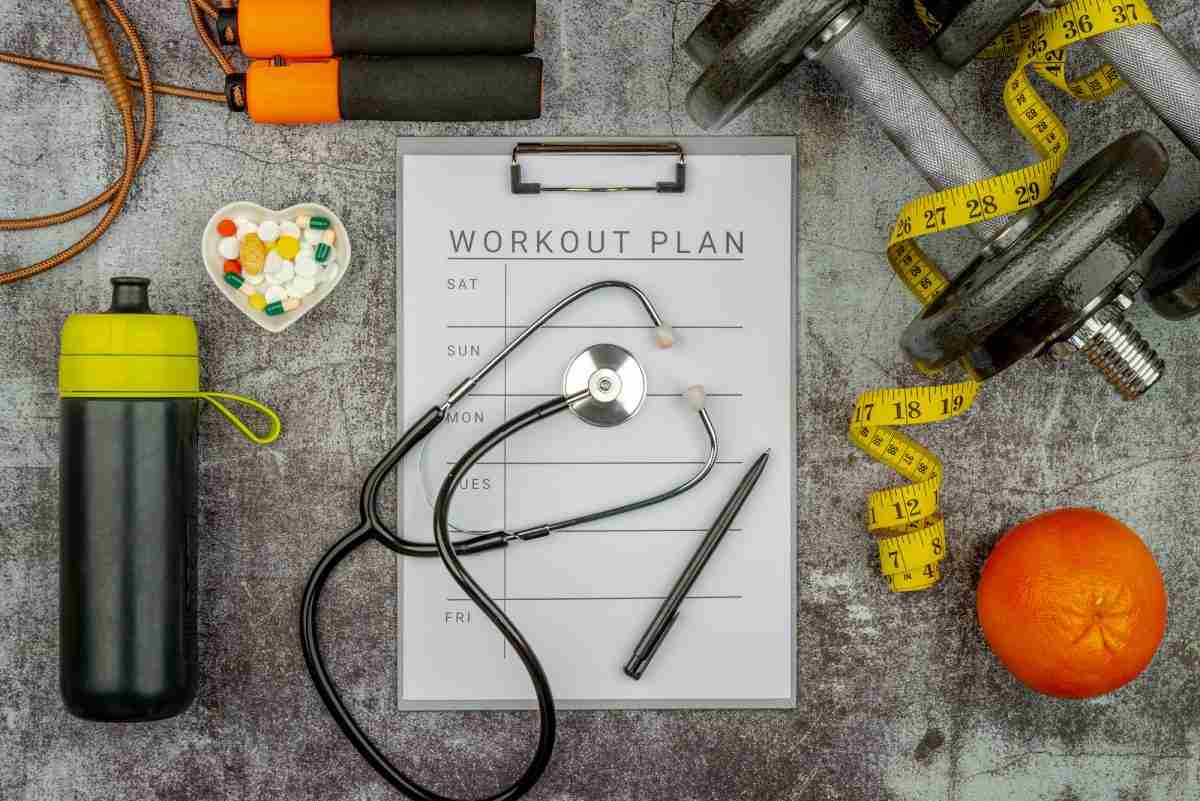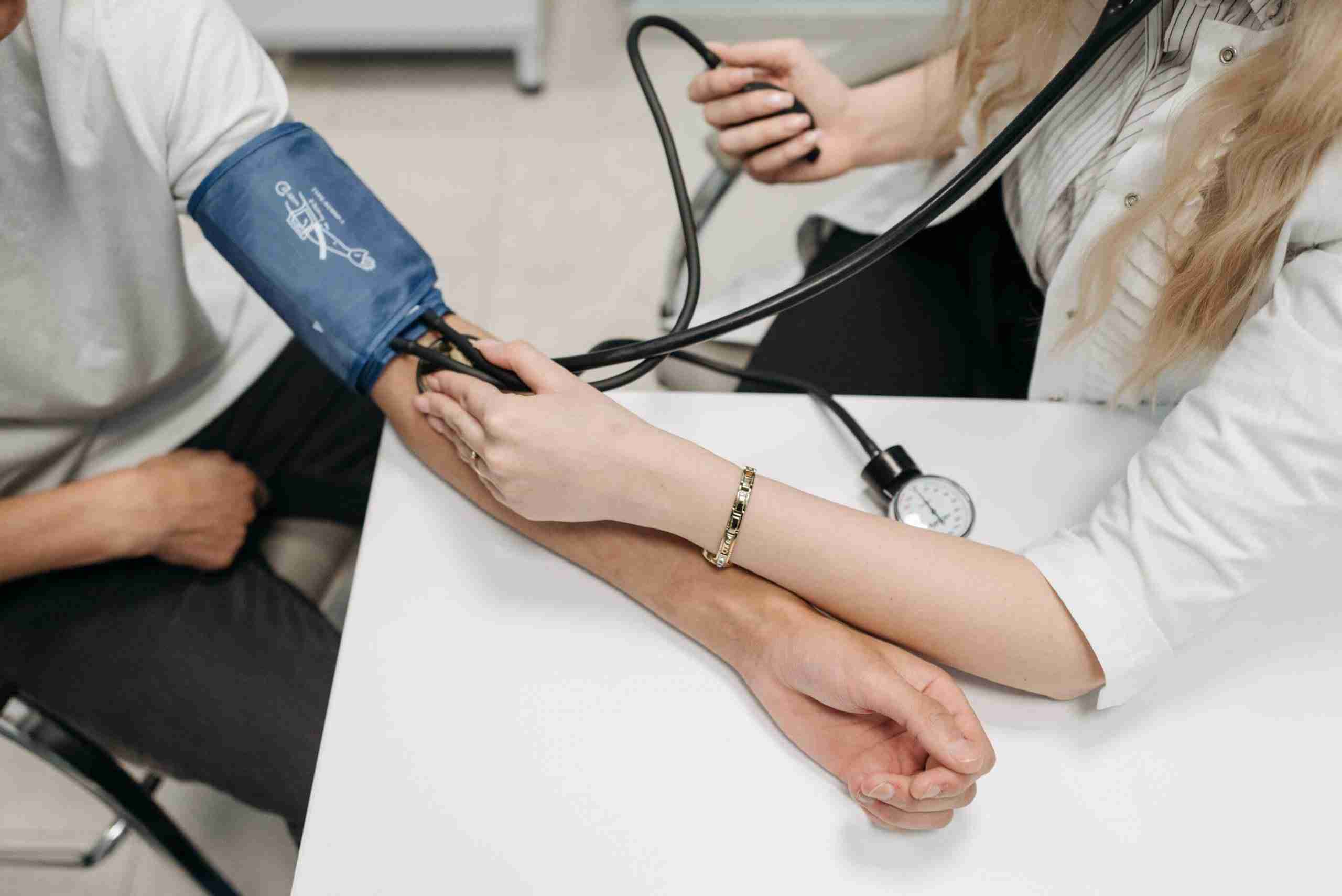Accessing our healthcare records should be as easy as finding out our credit score. Recent legislation — such as the recently publicly-commented on HHS proposal — is finally a step in the right direction. The rules would do what the government initially intended over a decade ago — to “promote patient access to and control over their health information” and ensure this access at no cost.
However, simply providing information won’t be helpful to everyday people. In fact, without knowing ‘how’ to read the data and share it with trusted doctors and family, this data means nothing. It’s just numbers.
We need to make sure the same mistakes uncovered in this Kaiser Health News (KHN) and Fortune Magazine investigation aren’t repeated when people get their data. (The report reveals that despite a decade of success in translating medical charts into electronic records, consumers, as well as their healthcare providers, still have issues accessing the most accurate and updated health information. And in the worst cases, these glitches and missteps may have resulted in preventable deaths.)
If the ultimate goal is to improve healthcare by ensuring patient access to health data, the road to retrieve it needs to be better than it is now. Some data systems are a complete mess with unreliable medication lists, mixups in doctors’ notes about patients, incorrect prescription start and end dates, inconsistent lab results, and more.
Dependable Data is Priority #1
It should go without saying. Scrub the data systems to ensure that patients, healthcare providers, and insurers have all the reliable and correct information they need to make the most informed health decisions. Access to information is useless or worse unless it is 100% accurate.
Again, access to reliable information is just the beginning. Maximizing the benefit and efficacy of this health data depends upon:
- A Single Source of Truth. We need a solitary source of reliable data, accessible by patients, their care providers, their trusted loved ones, insurers, etc. We all need to work off the same health road map.
- Ease of Use. Confusing, cumbersome, or expensive access defeats health data’s true purpose. Streamline and simplify access so consumers can easily acquire, transact, and benefit from their healthcare data. Simplifying accessibility benefits healthcare providers, too. According to a recent NPR article, physicians complain about how clumsy and inefficient systems are, saying it takes more time to navigate them than they spend with patients!
- Seamless Interfacing. Ensure that systems–medical, pharmacy, insurance, patient-tracked records, etc. — can “talk to” one another so vital information is available. Imagine how helpful this could be in life-threatening ER situations.
- Ease of Transfer: Ensure that patients can navigate their own health journey and goals by making it easy to switch providers and insurers, find related health services, track their own claims history, etc.
- updatable in Real-Time. With accurate and up-to-the-minute patient data, healthcare providers are empowered to give the most helpful advice available. They can prevent over-prescribing medications and prevent dangerous drug interactions, allergic reactions, etc.
- Networked for Robust Data. Systems connected to patient wearable devices can provide even more robust data to guide improved healthcare. For instance, if a doctor notices a patient’s blood sugar from their wearable diabetes device spikes daily at 7 p.m. or that it is taking longer for the patient’s normal heart rate to register on their smartwatch after exercising, doctors and patients can ask questions, investigate further, find causes and solutions.
- Family Share. Individuals who are responsible for the care of a child, spouse, or elderly parent should be empowered to access health care information of these family members and with the appropriate healthcare professionals entrusted with their care.
- Failsafe security protocols. In the wrong hands, sensitive healthcare information can cause as much harm as good. Constant monitoring of these systems and rigorous privacy testing is essential.
Our nation invested nearly a decade of time and billions of dollars into an epic big-data healthcare issue. We are on our way to a thoughtful and comprehensive refresh: measures that ensure accurate, accessible, up-to-the-minute data that can be reliably shared and protected. But so much more has to be done until it is truly fixed.


















